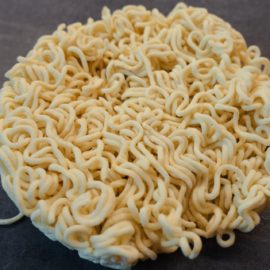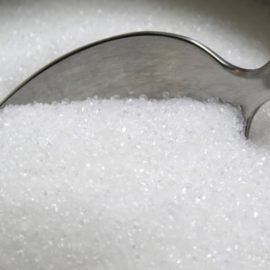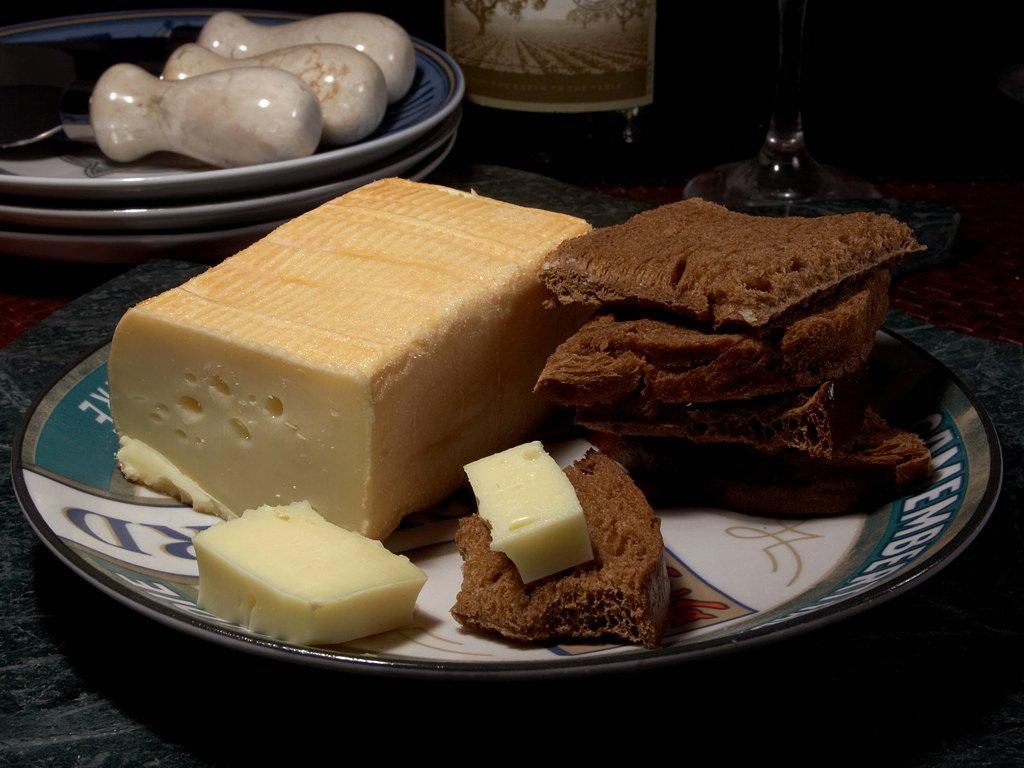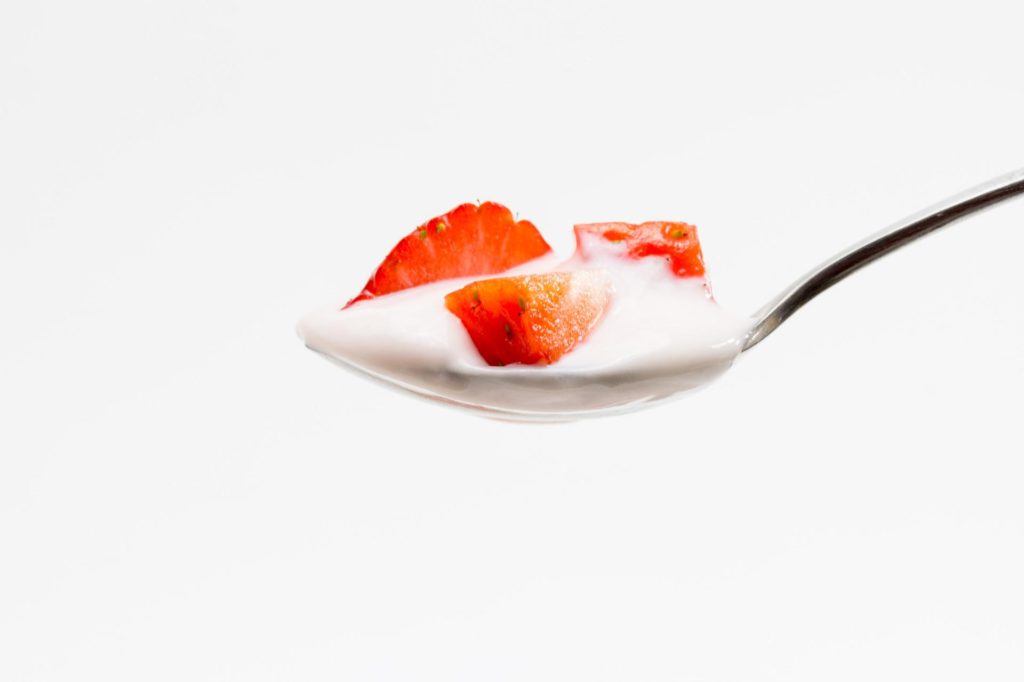
Yogurt is a dairy product made by fermenting and coagulating milk. Our ancestors figured out by accident that fermentation makes bread and beer. Historians believed that yogurt was invented 5000 years ago in Mesopotamia (modern-day Iraq). However, its origin is not singular. In ancient Greece, the Greeks produced oxygala, one form of yogurt. In ancient Egypt, Egyptians learned that fermenting milk is still safe to consume and that it provides similar health benefits to fresh milk. Some historians also claimed that yogurt originated in Turkey. In fact, yogurt got its name from the obsolete Turkish word “yogmak”, which means to thicken”.
Today, yogurt manufacturing is done by cultivating one or more pasteurized dairy products like cream, milk, skim milk, or milk with the fat removed with a bacterial culture. The process is similar to making buttermilk and sour cream. However, the incubation period and the types of bacteria is different.
You might also like: How To Make Homemade Yogurt
Microorganisms in yogurt exist in friendly form (good bacteria), known as probiotic flora. They convert lactose, a sugar found in milk, into lactic acid. The tart, acidic flavor of yogurt is a result of the production of lactic acid. Just like cheese, yogurt depends on the growth of bacteria to produce flavor compounds, ripening enzymes, and acidity. The more bacterial strains, the stronger the acidic flavor. The acid also contributes to the thickening of the milk, giving it a consistency yogurt is known for.
Starter cultures used in making yogurt are lactic acid bacteria (LABs). The lactase enzyme, which is necessary to break down lactose into its component sugars, glucose and galactose, is absent in most bacteria. LABs, however, readily digest lactose and utilize glucose as an energy source.
Here are the common starter cultures used in yogurt.
STREPTOCOCCUS THERMOPHILUS AND LACTOBACILLUS BULGARICUS
The process of making yogurt commercially entails gradually acidifying previously heated milk. The milk must be heated prior to inoculation to kill any competing microbes, often at 85°C to 90°C for 5–20 minutes. This causes the whey proteins to lose their natural properties and permits disulfide exchange events with the cysteine-containing caseins. These processes alter the micellen surface, which improves the coagulum’s acidified textural characteristics.
The two most widely used bacteria strains in the United States are Streptococcus thermophilus and Lactobacillus bulgaricus. The Food and Drug Administration (FDA) requires that these two specific LABs must be present in the product to be called yogurt. These LABS co-exist in the milk in a stable associative relationship called photocooperation, wherein there is an exchange of metabolites and/or stimulatory factors.
S. thermophilus grow preferentially in milk because most strains have fewer nutritional requirements. In fact, no growth of Lb. bulgaricus is seen during the initial exponential growth of Thermophilus.
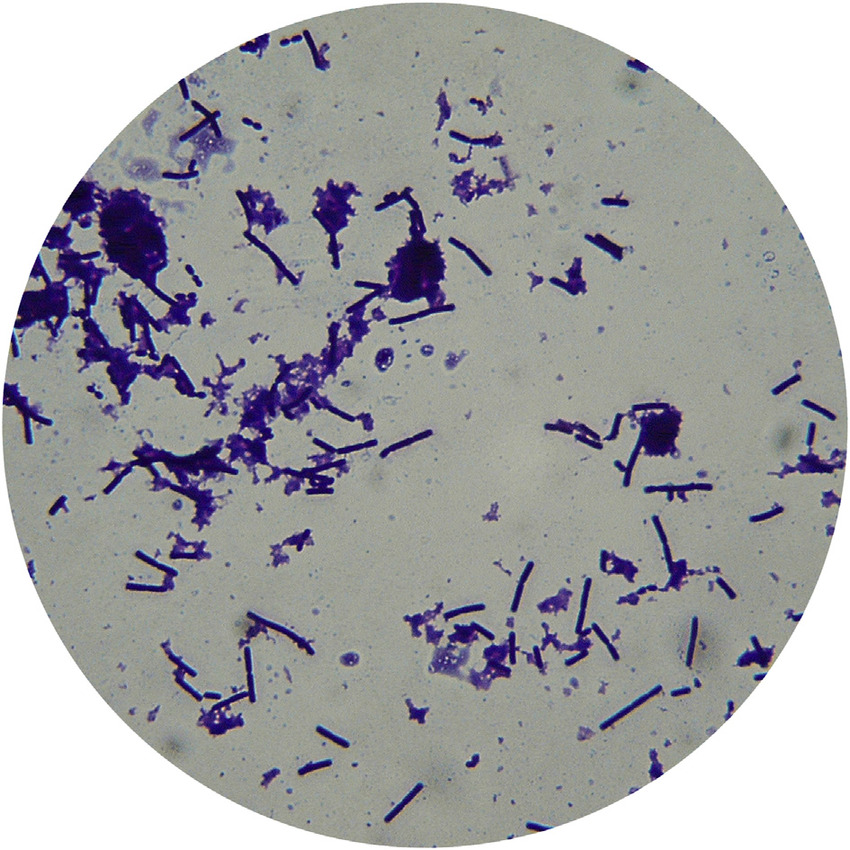
The growth of S. thermophilus (less acid tolerant) slows down in the second phase when the pH of the milk starts to drop, and it provides a variety of growth factors, including formate, pyruvate, folate, CO2, and even some long-chain fatty acids that encourage the growth of Lb. bulgaricus. The latter then releases cytoplasm and cell wall peptidases and proteases, which hydrolyze caseins into peptides and amino acids, respectively.
Since S. thermophilus strains lack extracellular proteases, cocultures with Lb. bulgaricus strains significantly accelerate their growth as they serve as an amino acid source to support a second exponential growth phase for S. thermophilus. In the third growth phase, the growth of Lb. bulgaricus continues.
HOW STARTER CULTURES ARE ADDED
The addition of starter culture happens after pasteurization and homogenization of milk.
You might also like: UHT And Pasteurized Milk: What’s The Difference?
Any competing bacteria are eliminated during the heat treatment, which typically lasts 5–20 minutes at 185°F (85°C) – 194°F (90°C). This heating process enables disulfide exchange events with the cysteine-containing caseins and denatures the whey proteins as well. These reactions modify the micelle surface and contribute to favorable textural characteristics in the coagulum.
After pasteurization is homogenization typically at pressure between 15 and 20 MPa using a single-stage homogenizer. This technique successfully reduces fat globule size, increases fat surface area, and covers the surface with mostly proteins; casein micelles cover approximately 25% of the surface. In addition to evenly blending all the ingredients. Homogenized milk yogurt is firmer, smoother, and more stable (has less wheying and creaming) during storage.
After homogenization, the mixture is cooled to incubation temperature between 104°F (40°C) to 113°F (45°C) and then pumped into fermentation tanks.
You might also like: Lactic Acid Fermentation: An Overview
The starter culture (3% w/w of S. thermophilus and Lb. bulgaricus in a 1:1 ratio) is either introduced to the fermentation tanks or is metered directly into the mixture while pumping. However, fermentation can be in retail containers (set-style) or in bulk tanks (stirred). A temperature around 42°C is maintained for 2 to 2.5 hours. During this period, the titratable acidity and/or pH of the yogurt must be checked. Once a pH of 4.6 or titratable acidity of 0.85 to 0.90% is reached, there should be a solid mass of gel that has formed. At this point, the yogurt is cooled to around 41°F (5°C). The product can be stored or further processed to produce other forms of yogurt.
References
N.A. Michael Eskin, F. Shahadi (2013). Biochemistry of Foods (3rd edition). Academic Press.
Experts from Mayo Clinic, University of California, Los Angeles, and Dole Food Company, Inc (2002). Encyclopedia of Foods. Academic Press.
V. Vaclavik. E. Christian (2014). Essentials of Food Science (4th edition). Springer.
S. Damodaran, K. Parkin (2017). Fennema’s Food Chemistry (5th edition). CRC Press.
